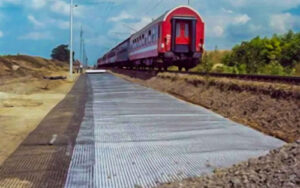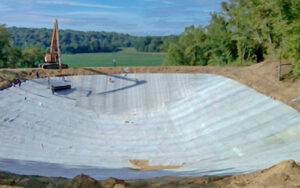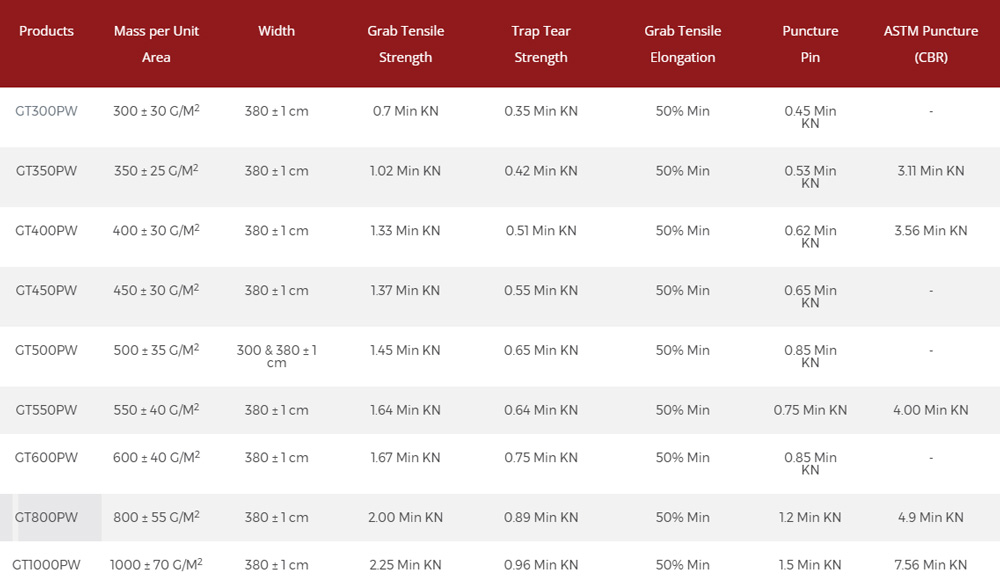This article will specifically focus on the question: What is geotextile? Throughout this article, we will delve into the description of geotextile, its benefits, and applications. Do not hesitate to let us know if you have any questions.
Introduction of Geotextile
Geotextile is a textile material (or textile layer) used in civil engineering and construction. Thanks to its wonderful features, it has a wide range of applications. Specifically designed to prepare soil for particular tasks. It helps in soil stability, filtration, drainage, and the separation of different types of soils from each other
Geotextiles are commonly made of polyester or polypropylene materials and each material has its own advantages and disadvantages. Therefore, there is no absolute superiority between polyester and polypropylene. The choice of geotextile material depends entirely on the specific requirements of the project.
Geotextiles come in various forms such as woven or non-woven fabrics. Non-woven geotextile is produced by bonding or felting fibers together using mechanical, chemical, or thermal processes, rather than weaving or knitting them together. Unlike woven geotextile, non-woven geotextile are made directly from fibers rather than yarns.



What Geotextile Offers
Geotextiles play a crucial role in modern construction and civil engineering projects by enhancing the performance and longevity of various structures while also addressing environmental concerns such as erosion and pollution. They offer:
Separation
In construction, there are instances where it’s necessary to prevent the mixing of two different types of soil. In such cases, using a layer of geotextile between the soils is an ideal solution.
Filtration
Geotextiles are popular due to their permeability; they allow water to pass through but not soil particles. This feature is particularly useful when soil erosion is a concern.
Drainage
As mentioned, geotextile facilitates the passage of water while preventing the movement of soil particles. This helps in controlling water flow in various construction projects such as roads, retaining walls, and landfills.
Reinforcement
Geotextiles can be used to improve the stability of soil structures, such as reinforcing embankments or slopes.
Applications of Geotextile
Geotextiles are widely used across various industries, each benefiting from their unique technical specifications. For instance, polypropylene geotextiles perform better than other types when exposed to water. Here are some of the most important fields that utilize geotextiles:
- Roads Construction
- Drainage Construction
- Agricultural Pools
- Railroads
- Oil & Petroleum
- Dams
- Mining
- Waterproofing
- Retaining Concrete
- Canals
Zarif Mosavar's Geotextiles
At Zarif Mosavar, as the largest manufacturer of wall-to-wall carpet in the Middle East, we produce high-quality geotextiles in various types. Here are the technical specifications of our polypropylene geotextile with GT12(a) standard:


